|
This month we’re traveling to Jumilla, a small wine region in southeastern Spain, to bring you treats for the palate! For an in-depth exploration of Jumilla, and its star grape Monastrell, the region’s principal grape variety, please click on the link below to read my article. http://thewineknitter.com/1/post/2022/01/visiting-royalty.html While visiting Jumilla in 2021, I had the opportunity to meet with the owners, David Ferraje and Helio Abellán of Bodegas Carchelo. Over a sumptuous meal, I tasted their portfolio of impressive wines. Bodegas Carchelo was founded in 1990 and is located at the foot of the Sierra del Carche mountains, reaching an altitude of 1371 meters above sea level. They have estate vineyards situated in five subregions of Jumilla, each with varying soil profiles and climate exposures that add to the character of these wines. In addition to producing high-quality wines, Bodegas Carchelo also focuses on respecting and protecting the environment. So let’s wine and dine Jumilla style! Carchelo DOP Jumilla 2020 Carchelo is an award-winning organic certified and vegan-certified wine made with 100% Monastrell. The grapes are hand-harvested from various estate vineyards with different soils, altitudes, and exposures to seek the balance and character typical of this territory. This wine is aged for six months in 225-liter French oak barrels and a minimum of three months in bottle. Nose: Red fruit, berries, plum, and spice. Palate: A fresh and lively wine with notes of red and dark berries, spice, balsamic, balanced acidity, and it is smooth with a persistent finish. Alcohol: 14.5% SRP: $16.99 Pairing suggestions: Medium cheese, pasta, tapas, and charcuterie. Bodegas Carchelo suggests pairing this wine with a traditional Spanish dish. Tortilla De Patata (Spanish omelet) Tortilla de Patata is a traditional dish commonly served throughout Spain. It is offered in cafes and bars as a tapa or appetizer and served as a light dinner in Spanish homes. Since there are so few ingredients, the key to making a perfect dish is to use excellent olive oil and fresh eggs. The oil is used for cooking the potatoes, and its flavor can be tasted throughout the finished dish.
The Spruce Eats provided the following recipe that serves six as an entree or 8-10 servings as an appetizer. Prep time: 15 minutes Cook time: 30 minutes Cool time: 15 minutes Ingredients: 6 - 7 medium Yukon potatoes peeled 1 medium yellow onion diced into 1/4” pieces 1/2 tablespoon kosher salt, or to taste 1 1/2 to 2 cups Spanish olive oil 5 large eggs Instructions: 1) Hand slice the peeled potatoes in half lengthwise. Then, with the flat side down, cut the potatoes into approximately 1/8-inch thick pieces. 2) Place the potatoes and onions in a large bowl, sprinkle with salt, and gently mix together. 3) In a large, heavy, nonstick frying pan, heat 1 1/2 cups of olive oil over medium-high heat. Carefully place the potato-onion mixture into the frying pan, spreading it evenly over the surface. The oil should almost cover the potatoes. Turn down the heat slightly so the potatoes do not burn—you want them to fry slowly until tender and creamy. 4) Cook the mixture until the potatoes are done—if a slice of potato breaks easily when poked with a spatula, the potatoes are done. Remove the mixture from the heat and drain, or remove with a slotted spoon. Let the potatoes cool off. To speed up the process, carefully spread them out on a baking sheet. 5) Crack the eggs into a large bowl and beat them by hand with a whisk or fork. Pour on top of the cooled potato-onion mixture. Gently mix together with a large spoon. Let sit for about 5 minutes. 6) In a 9- or 10-inch nonstick pan, heat 1 to 2 tablespoons of the remaining olive oil over medium heat. Add the egg mixture, spreading it out evenly. Allow the egg to cook around the edges. Carefully lift up one side of the omelet to check if the egg has slightly browned. The inside of the mixture should not be completely cooked, and the egg will still be runny. 7) When the mixture has browned on the bottom, remove the pan from the stove and place a large dinner plate bigger than your pan on top. Turn the pan alongside the plate, so the tortilla sits on the plate. 8) Place the frying pan back on the stove and add just enough remaining oil to cover the bottom and sides of the pan. Let the pan warm for 30 seconds or so. 9) Slide the omelet from the plate into the frying pan. Use the spatula to shape the sides of the omelet and allow it to cook for 3 to 4 minutes. Turn the heat off and let the tortilla sit in the pan for 2 additional minutes. Next, slide the omelet onto a plate or cutting board and slice it into 6 to 8 pieces, like a pie. Enjoy with a glass of Carchelo! Until next time… Salud and disfrute de su comida! Penina To leave a comment or if you have an inquiry, please contact me at [email protected] Did you know that Spain is ranked as the number one country in the world with the most area of cultivated grape vineyards? And when it comes to wine regions and varieties of wine produced here, there is no shortage of topics to write about. Spain is rich in history where wine has played an important role since before 3000 B.C. Today my focus is Jumilla (pronounced who-ME-ah), a small wine region in southeastern Spain approximately 50 miles inland from the Mediterranean Sea. The area is composed of over 22,700 hectares of vineyards that stretch between the provinces of Murcia and Albacete, of which over 40% are located in the town of Jumilla. And there are over 2000 viticulturists here who diligently care for each vine. I recently had the opportunity to explore this beautiful area with its breathtaking views, history, and delicious cuisine. And at every twist and turn of the road, one can find acres of olive and almond trees, in addition to wine vineyards. Jumilla DOP oversees and regulates the region’s wine producers, growers, wineries, and co-operatives. It is one of the oldest Designations of Origin in Spain, established in 1966. While in Jumilla, I met with many winemakers and tasted numerous styles of the expressive wines of the Monastrell grape variety, a specialty of this region. It was a whirlwind trip that included sunset tastings in vineyards, incredible dining, and visiting over fourteen unique wineries. In the coming months, I will introduce and feature these wineries, a few at a time. But for now, regard this article as an introduction to royalty! Jumilla is considered the birthplace of Monastrell, a hearty and resilient red grape variety (known as Mourvèdre in France). It is this region’s principal grape variety and makes up approximately 80% of the Jumilla DOP vineyard surface. Monastrell is called “Queen of Jumilla” by the winemakers here. Although this title bears no historical or romantic tale, be assured that her reign is supreme, having endured a challenging landscape for centuries. When I asked why this grape was given the title “queen” instead of “king,” the answer was simple.“Grape variety in Spanish is “feminine” – uva or variedad so “queen.” It is easy to see why this grape is considered royalty. Monastrell is a late-ripening grape that thrives in the intense heat of this region. It is a low-yielding thick-skinned, small berry with compact grape clusters. Monastrell has adapted to the hot, arid conditions here, making it a resilient variety with high resistance to drought and most plant diseases, including phylloxera. The landscape consists of broad valleys, plains, and mountain ranges that weave in and out of this region. Jumilla climate is considered Continental even though it is close to the Mediterranean Sea. It experiences over 3000 sunny hours a year, with frequent dry winds and temperatures reaching 104 degrees in the summer. Vineyards range in altitude from 1,049 ft (considered the valley) to 2952 ft. Vines benefit from the high elevation due to cool evenings, which alleviate them from the scorching heat of the day. Rainfall amount tends to be scant, with approximately nine inches of rain annually but can differ depending on the location. And although one might consider this region desert-like, it is not exempt from frost and torrential downpours that might endanger the vines. The soil here has good depth and is comprised mainly of limestone and gravel with occasional chalky soil in some areas. The soil has a high capacity to retain water which is conducive to vine-growing. And, as a result, the majority of Jumilla’s vineyards are dry-farmed (irrigation is not necessary). One winegrower said, “Deep roots of these vines are able to find water during droughts.” For generations, sustainable farming has been in practice here, with 70% of the surface area certified in organic viticulture. Jumilla is also home to Europe’s single largest collection of 90-year-old ungrafted bush vines. (Ungrafted means the original roots). Jumilla DOC said, “The character of the wines from Jumilla make them stand out among products from other areas due to what is known as “terruño,” a magical combination of grape variety, soil composition, the orientation and pruning of vines, and the climate.” Monastrell wines are purplish in color and run the gamut from light and lively to bold and complex, with intense flavors that vary depending on where the vines grow. One can expect fruit-driven flavors characterized by heightened aromas, powerful tannins, and medium acidity. Generally speaking, Monastrell wines are quite aromatic with ripe red and dark fruit flavors, balsamic, herbs, and spice. From barrel tasting to bottle pours, from new to old vintages, stainless steel to oak/concrete aging methods, and food pairings, I sampled Monastrell in all its finery. In addition to making a 100% Monastrell wine varietal, this grape also blends well with varieties such as Garnacha, Merlot, and Syrah. These red blends are succulent and full-bodied and leave one’s palate singing. And if you are looking for something a little lighter, Monastrell rosés are a winner. They run from dry to fruity with a pleasant floral bouquet, fresh fruit flavors, and crisp acidity. Other grape varieties that are permissible in Jumilla DOP are: Red Cencibel, Garnacha Tintorera, Garnacha, Cabernet Sauvignon, Merlot, Syrah and Petit Verdot White Airen, Macabeo, Pedro Ximénez, Malvasía, Chardonnay, Sauvignon Blanc and small grain Moscatel The cuisine of Jumilla is impressive, and the red wines pair well with everything, even desserts! Some of the traditional food I tasted included Manchego cheese, paella, gachamiga, goat, rabbit, and everyone’s favorite, roasted almonds! Many of the local dishes are salt-cured such as tuna and Ibérico ham. The salt is sourced from Valle del Carche, a local mountain salt mine dating back over 2000 years. All of the wineries that I visited combine traditional and modern techniques in the vineyard and winery, which I will explore further when I highlight each winery in future articles. However, the common thread among all of the wineries I visited is the apparent pride, enthusiasm, passion, respect, and love for the land that they all have. The expression, “I wear my heart on my sleeve,” comes to mind when I think of everyone I met in Jumilla. When not sipping wine, there is much to discover here. The Volcano of Cancarix is the only volcano in the Iberian peninsula that is not active because its “chimney” was destroyed by erosion. I stood in the crater where bush-trained Monastrell vines grow in the volcanic and very rocky soil. Take a tour of the Jumilla Archeology Museum, or hike the ancient ruins of Tolmo de Minateda, a 3000-year-old city. The Castle of Jumilla was built in 1461 and is worth the hike to take in the breathtaking views below. Enjoy this slideshow! It was indeed an honor to visit the “Queen of Jumilla” and meet all of her protectors! Monastrell is undoubtedly worthy of the title! So be on the lookout for future articles about Jumilla wines and wineries. And in the meantime, treat your palate to a glass of this royal wine, and let me know what you think! Jumilla wines are available throughout the United States and are easy to find.
Until next time… Cheers! Penina To leave a comment or if you have an inquiry, please contact me at [email protected] It was another bumpy ride this past year, with many of us feeling as though we were on an endless roller coaster ride. So as we usher in the New Year, let’s be optimistic and forge ahead by embracing new adventures, tackling our bucket lists, and celebrating one another! Be kind, be gentle, and step into the New Year with grace and dignity! To quote Rumi, “Raise your words, not voice. It is rain that grows flowers, not thunder.” I’m kicking off 2022 with six red wine recommendations and food pairings that are sure to please your palate and warm your heart and soul during the long winter months! Volver Tempranillo Single Vineyard 2018 Bodegas Volver was founded in 2004 by fourth generation viticulturist Rafael Cañizares. This 100% Tempranillo wine is sourced from a high-altitude (2000+ ft.) single vineyard called Finca Los Juncares, located in the eastern part of DO La Mancha, Spain. Fermentation takes place in new French oak barrels, and the wine is then aged for 15 months. Nose: Dark fruit, anise, and baking spice. Palate: Juicy blackberry, sour cherry, and plum with notes of mocha, kirsch, and toast lingering on a long finish. Alcohol: 15% SRP: $16 Pairings: Grilled meat, stews, tapas, or roasted lamb. Riva Leone Barbaresco DOCG 2017 This delicious wine is 100% Nebbiolo, sourced from vineyards in the Piedmont region of Italy. It is aged for a minimum of two years in oak, of which one year is in French and American oak barrels. Nose: Red fruit, cherry, spice, a touch of rose petals, and earth. Palate: Tart black cherry, red plum, pomegranate, berries, spice, and fennel. It is beautifully balanced with soft tannins and a long finish. Alcohol: 14% SRP: $25 Pairings: Roasted meat, fowl, seared tuna, risotto, hearty stews, or aged cheese. Wilson Winery Three Dog Zin 2019 Founded in 1992, Wilson Winery is located in Dry Creek Valley, Healdsburg, in Sonoma County, CA. This whimsical label features original art from local artist Mylette Lynch. A portion of proceeds from each bottle sold is donated to local animal shelters and non-profit rescues to support adoption services, medical care, and more. The wine is 100% Zinfandel aged for 22 months in French and American oak. Nose: Fresh red berries, spice, and floral. Palate: Lush notes of strawberry, pomegranate, baking spice, and fennel. Nicely balanced acidity and tannins with a long finish of spice and berries lingering on the palate. Alcohol: 15.7% SRP: $32 Pairings: Grilled meat, tuna, hearty stews, or pasta with prosciutto and fontina. Borsao Tres Pico Garnacha 2019 Bodegas Borsao established the Cooperative of Borja in 1958, which is a group of winegrowers dedicated to preserving the quality and integrity of Garnacha. Located in DO Campo de Borja, Spain, the grapes for this 100% Garnacha were sourced from vineyards in the famous Moncayo mountain. This flagship wine was the first 100% Garnacha wine produced in Spain in 2000. The wine is aged five to six months in new bordelaise barrels of French oak. Nose: Beautiful aromas of floral, red fruit, and a touch of spice. Palate: Dark plum, blackberry, black raspberry, baking spice, and vanilla. It is a well-structured and rich wine with smooth tannins and a long finish. Alcohol: 15% SRP: $19 Pairings: Barbecue, grilled vegetables, rice and pasta-based dishes, cheese, and hearty stews. Quatro Quarti Nero d’Avola Appassimento Sicilia DOC 2019 This wine is produced by Cantine Ermes, founded in 1998 in the heart of Belice Valley in Sicily. They have an impressive 10,592 hectares of vineyards spread across Sicily. Once harvested, Nero d’Avola grapes are slightly dried (appassimento) in a special room to go through the natural process of dehydration. After fermentation, the wine ages for four months in French oak barrels. Nose: Ripe berries, spice, and a touch of floral. Palate: Lush dark berries, dried fruit, a hint of vanilla, and silky tannins with spice and cocoa lingering on the finish. Alcohol: 14% SRP: $10-$15 Pairings: Pasta, Grilled meat, chicken, cheese, stews, or risotto. Time Waits For No One Red 2020 Finca Bacara, founded in 2016, is a winery located in Jumilla, in southeast Spain. The vineyards are certified organic, and this wine is 100% Monastrell, a hardy grape capable of withstanding extreme heat and drought. I had the opportunity to taste this wine while visiting Jumilla in November. With the New Year upon us, I find this quote about the wine from Finca Bacara very timely. “How often do you talk about the concept of Time in a conversation? “Life is short and every time is limited.” “We should spend more time together.” “Live the moment to the fullness” … The name of this wine came to us in one of those random conversations. Then we elaborated the idea with more attention to detail and, of course, our time. So enjoy it your way and explore the meaning of time. It's as simple as that. Crafted with care for random conversations.” Nose: Intense ripe fruit, smokey, with a hint of herbs. Palate: Lush red fruit, spice, balsamic notes, with nicely balanced tannins and acidity. Alcohol: 14% SRP: $15 Pairings: Grilled meat, fowl, pasta, paella, or charcuterie and cheese board. I wish everyone a healthy, happy, and safe New Year!
Until next time… Cheers! Penina To leave a comment or if you have an inquiry, please contact me at [email protected] It’s time to board the plane and fasten your seatbelt. We are heading to Spain on my virtual private jet to explore Jumilla and the Monastrell grape. Jumilla (pronounced who-ME-ah) is a small wine region located in southeastern Spain. “The area begins in Tobarra mountains, a natural crossroad located between Alicante, Albacete, and Murcia, around 50 miles inland from the Mediterranean Sea. The vines stretch out across more than 19,000 hectares of land, and over 2,000 viticulturists painstakingly care for each and every one. There are 45 registered wineries in the provinces of Murcia and Albacete, of which 40% are located in the town of Jumilla.” This quote is taken from Jumilla.com Jumilla is the birthplace of Monastrell, a red grape variety (known as Mourvèdre in France). Jumilla also boasts being home to Europe’s single largest collection of 90-year-old ungrafted bush vines. Viticulture and winemaking have been a fundamental part of Jumilla for over 5000 years, and it is one of the oldest DOPs (denominación de origin Protegida) in Spain, established in 1966. Jumilla climate is considered Continental even though it is close to the Mediterranean Sea. It experiences over 3000 sunny hours a year, with frequent dry winds. This high altitude and arid area with scorching days in the vineyards benefit from the cool evenings due to the high elevation. The soil is mainly comprised of gravel and limestone with good soil depth and a high capacity to retain water, all of which are conducive to vine-growing. The Monastrell grape is a late-ripening grape that thrives in this intense heat. It has adapted to these hot, arid conditions, making it a resilient variety and resistant to drought. Monastrell makes up approximately 70% of the Jumilla DOP vineyard surface. In addition, sustainable farming has been in practice for generations, with 70% of the surface area certified in organic viticulture. The wines produced here tend to be bold with fruit-driven flavors and characterized by intense aromas, powerful tannins, and medium acidity. Here are three wines representing a range of expressions to delight the palate. All of these wines are made with 100% Monastrell and are hand-harvested. Jumilla Rosado, DOP 2020 Bodegas Alceño, producer Grapes were harvested from 40-year-old vines in an organically farmed vineyard at 2690 feet altitude. This organic rosé presents lovely floral, strawberry, and raspberry notes on the nose. A palate of refreshing acidity and juicy berries continue to an impressively long finish. Drink as an aperitif or serve with seafood, grilled fish, light pasta, or sushi. Alcohol: 13% SRP: $10-12 Jumilla Tinto Joven, DOP 2020 Bodegas Xenysel, producer The grapes for this wine were harvested from 25-year-old vines growing in sandy-clay and limestone gravel soils at 2,133 feet altitude. This wine is unoaked and certified organic. Aromas of violet, dark berries, and cherry segue onto the palate with blackberry, spice, and grippy tannins. It is balanced and structured with a lengthy finish. Pair with cheese and meat appetizers, grilled meat, or chicken. Alcohol: 14% SRP: $10-14 Jumilla Tinto Crianza, DOP 2018 Bodegas Olivares, producer Grapes were harvested from vines of over 60-years-old. The vineyard is situated at approximately 2,706 feet altitude. This wine was aged 12 months in 300-litre French oak barrels and 10,000 litre oak vats before bottling. Succulent aromas of dark fruit, baking spice, and fig set the stage for this expressive wine. The palate offers blackberry, dark cherry, tobacco, balsamic, spice, and a hint of cocoa, ending with a long finish. Serve with hearty stews, grilled meat, game, aged cheese. or seared tuna. Alcohol: 14.5% SRP: $15-18 These are excellent wines at incredible prices! I’m looking forward to exploring more styles from Jumilla.
Until next time… Cheers! Penina To leave a comment or if you have an inquiry, please contact me at [email protected] |
Categories
All
|

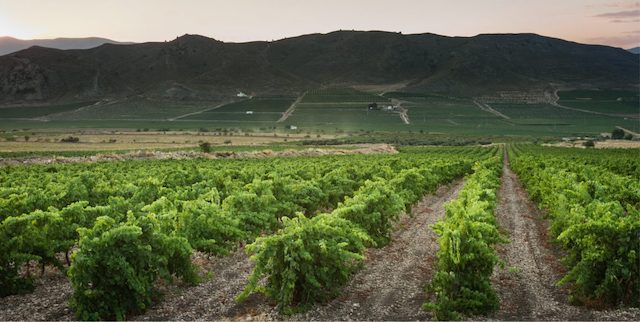
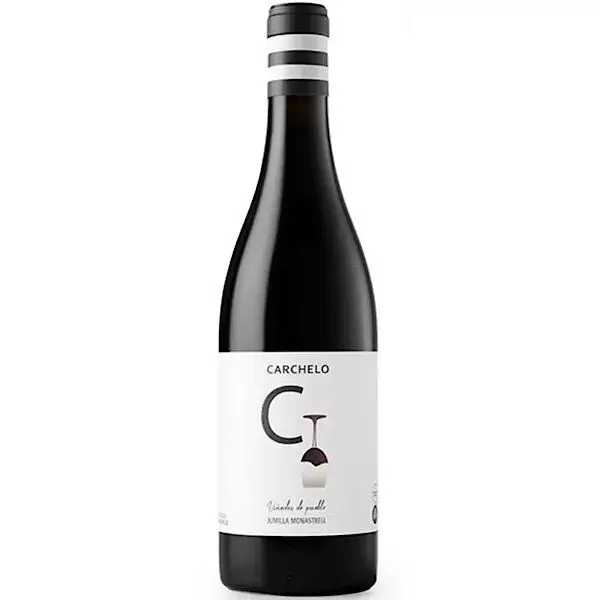
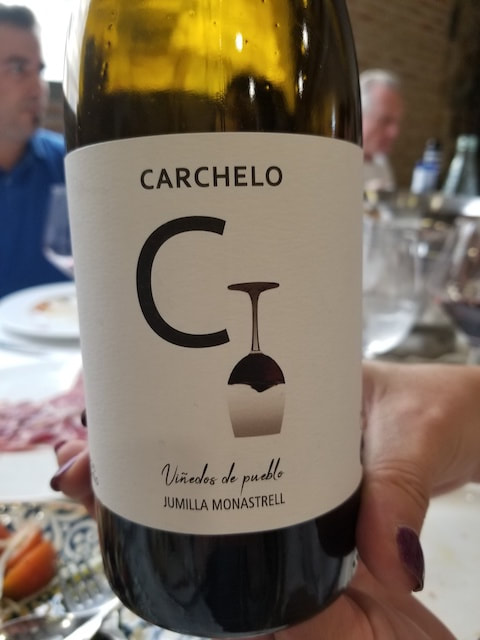
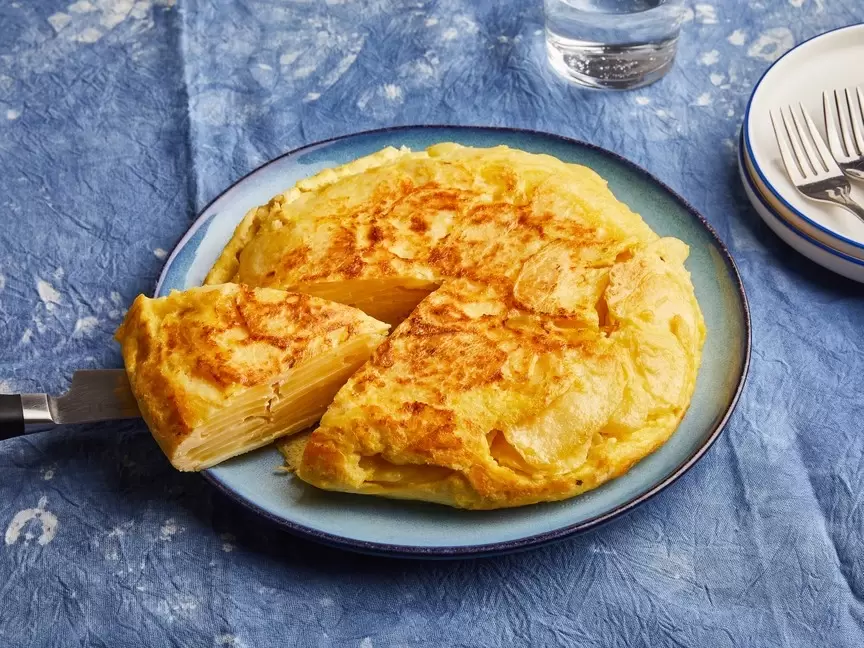
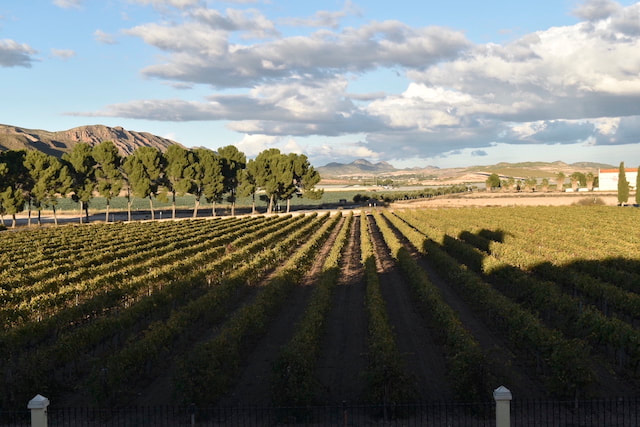
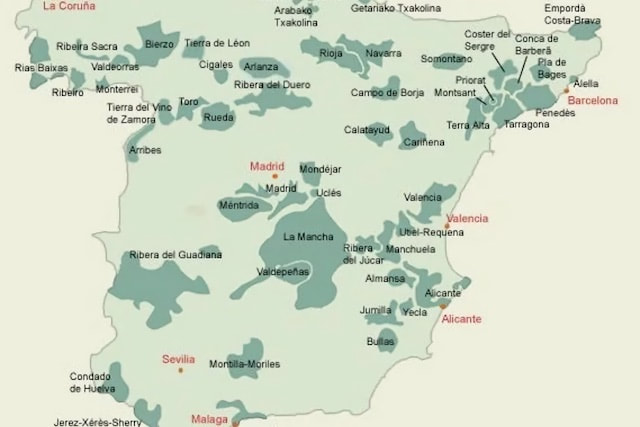
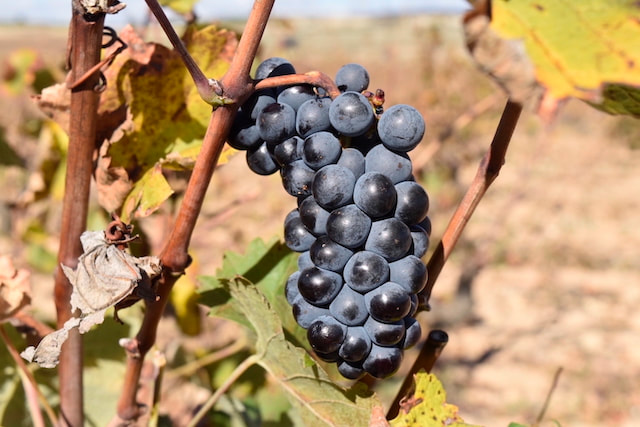
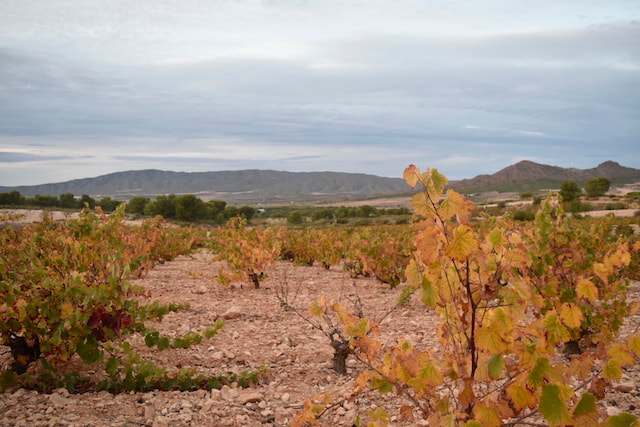
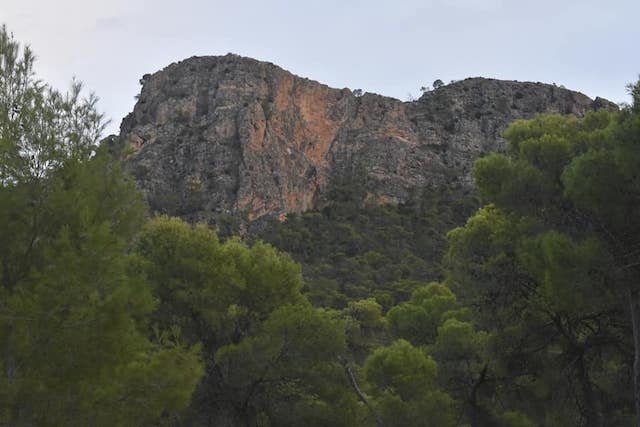
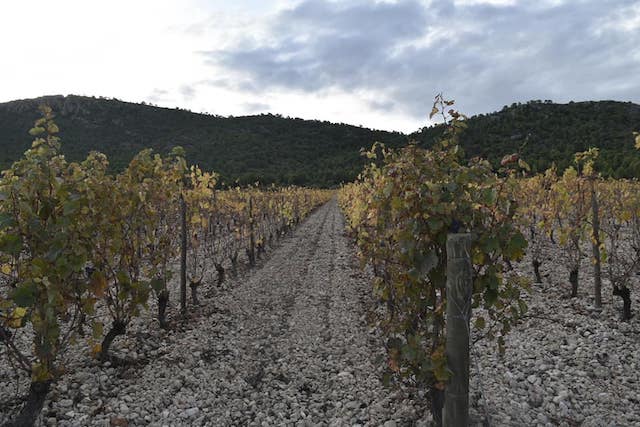
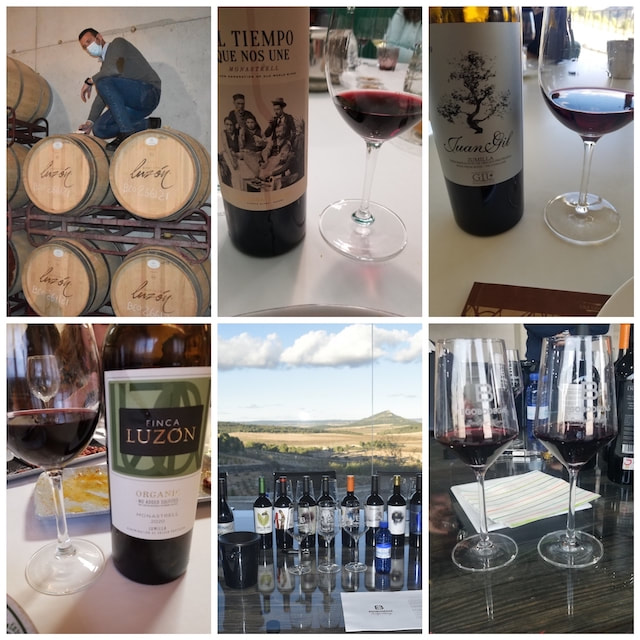
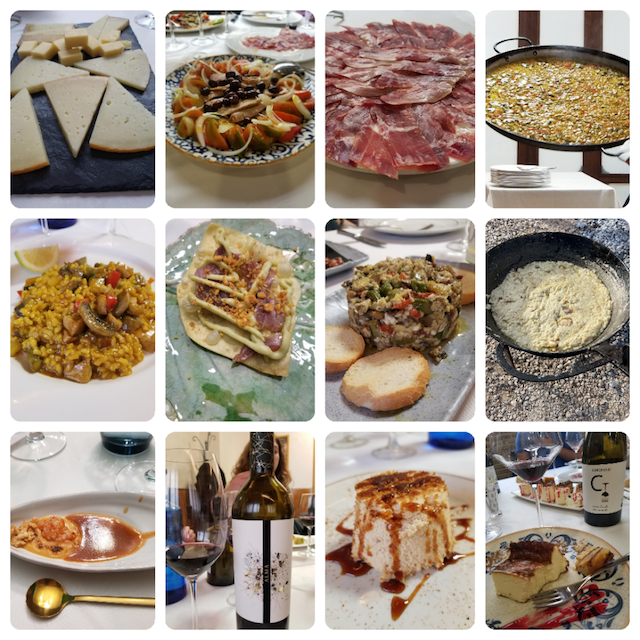
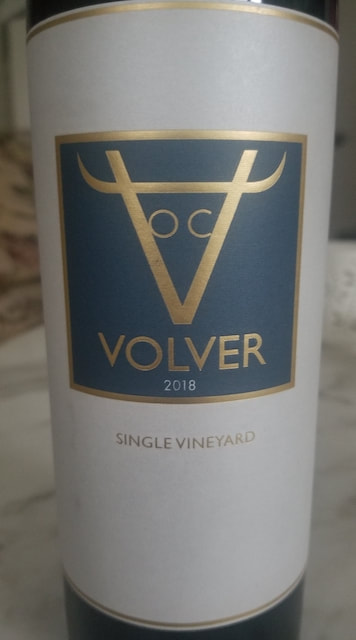
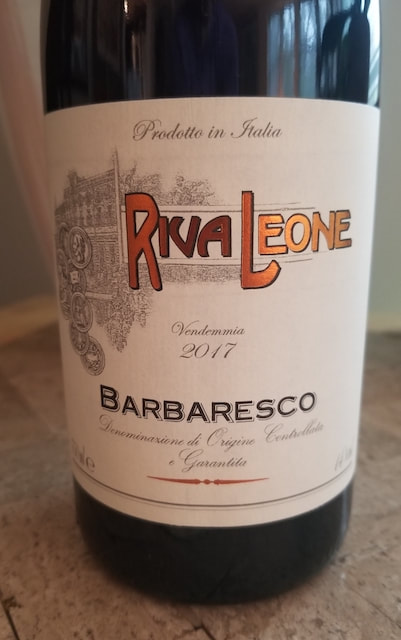
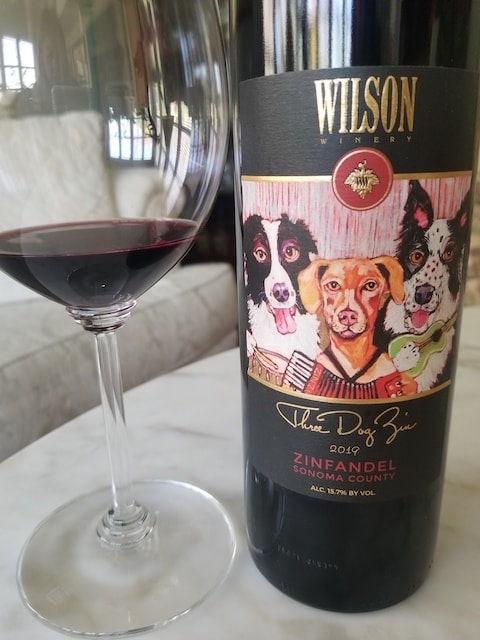
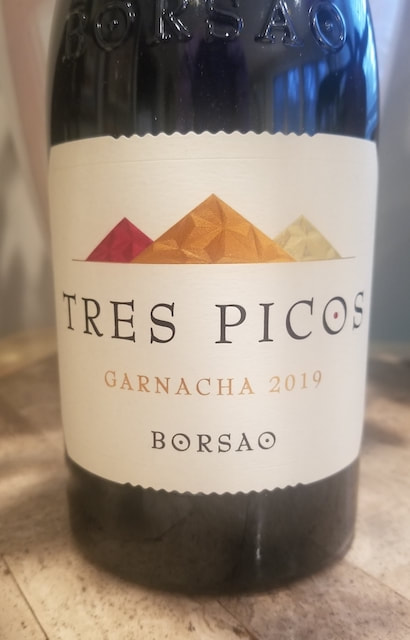
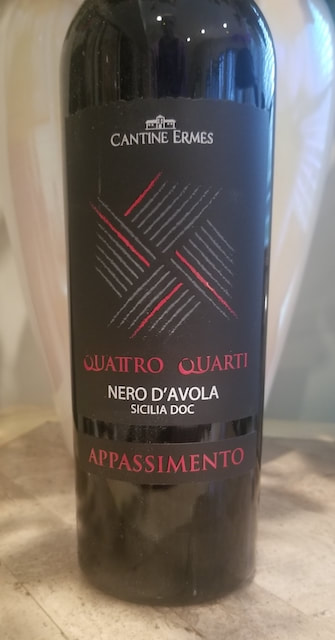
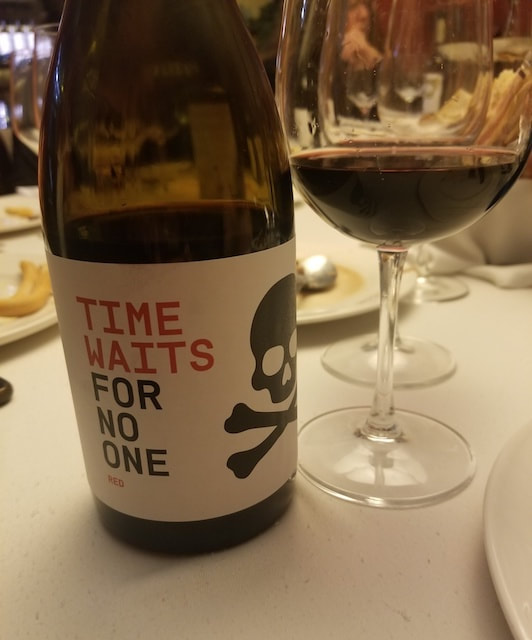
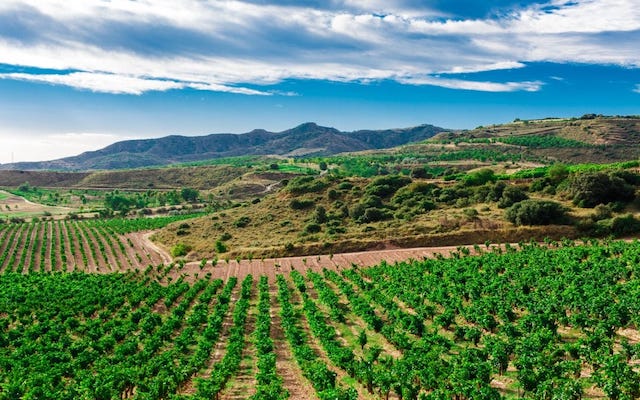
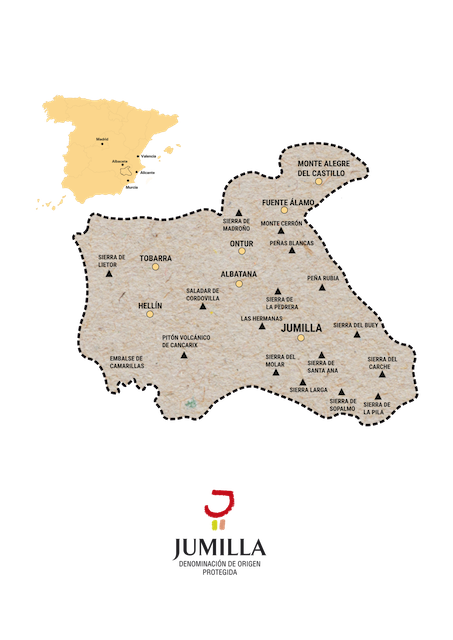
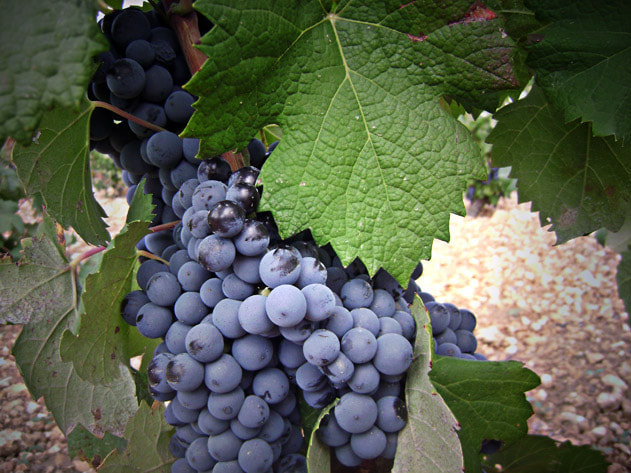
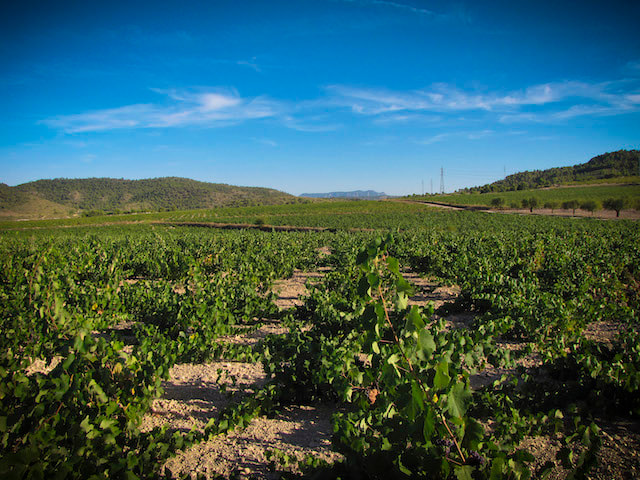
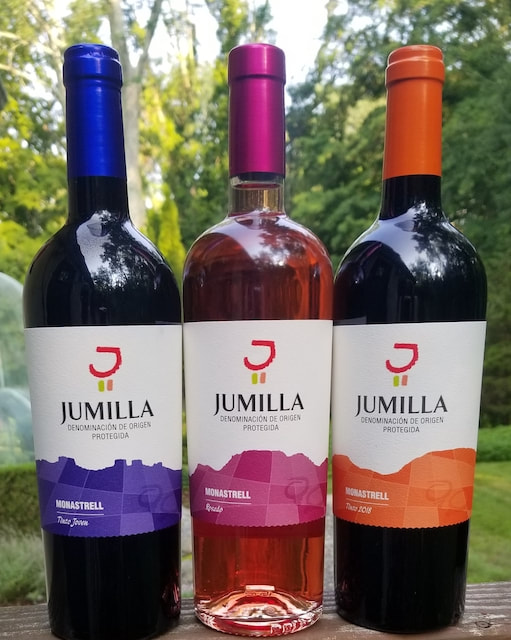
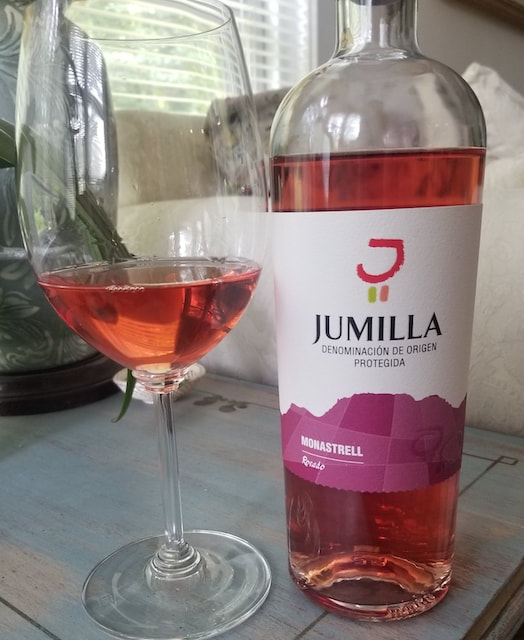
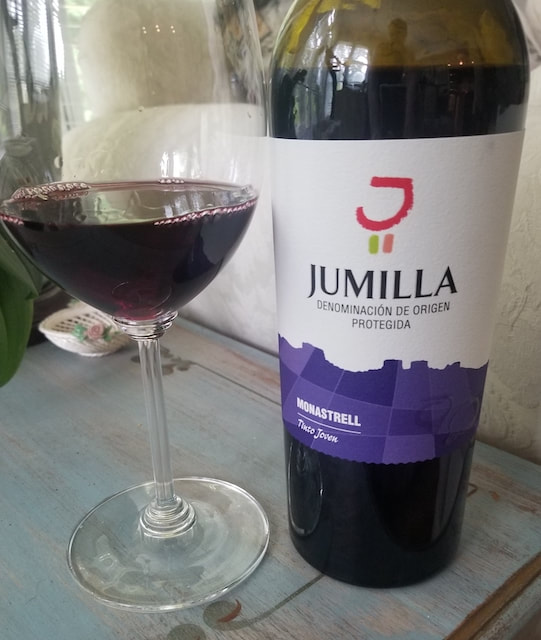
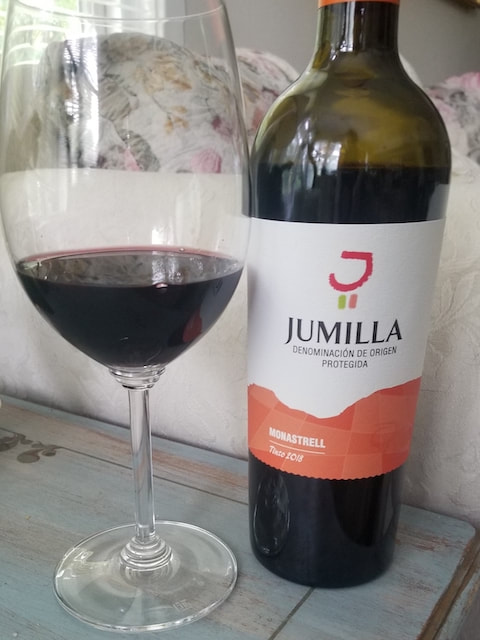
 RSS Feed
RSS Feed